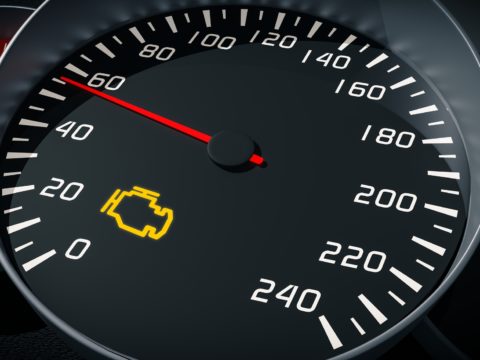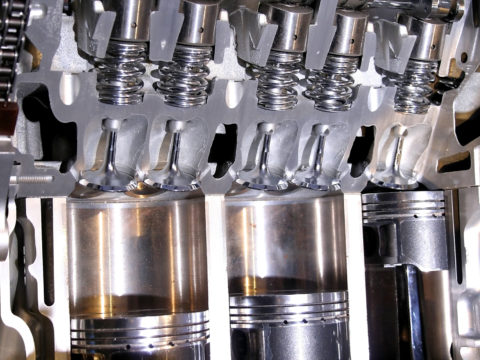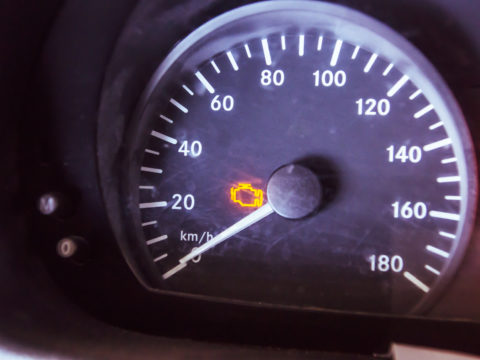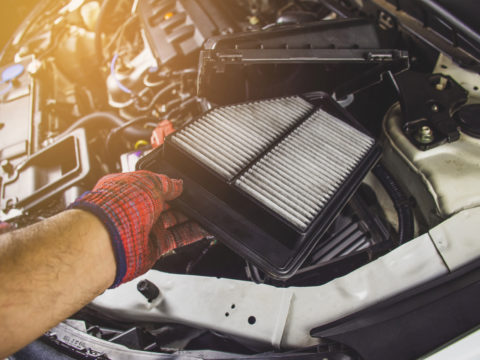Have you ever thought about whether a bullet can tear through your Ford engine? Luckily, whether or not you are in the world of espionage, or are a simple truck driver looking for the opportunity to optimize your engine’s performance, bulletproofing the 6.0 power stroke engine has nothing to do with whizzing bullets.
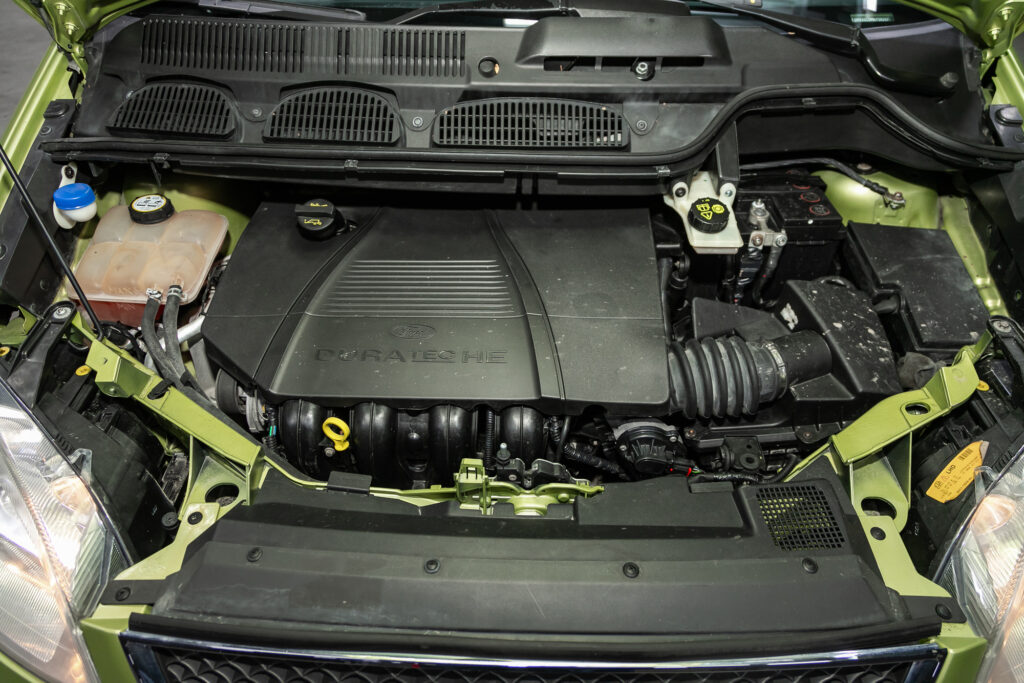
Bulletproofing involves replacing the original parts of your 6.0-liter Ford engine with optimized and more durable parts. Depending on the quality of parts you seek to install and whether or not you are doing the repairs yourself, bulletproofing a 6.0 power stroke will cost you anywhere from 4000$ to 9000$.
Before you decide on whether or not bulletproofing is suitable for your truck, familiarize yourself with the best practices in the industry and why you might need a bulletproof truck. This article provides the ultimate guide for veterans and newbies alike. Read on for specifics on what part of your engine requires mandatory bulletproofing.
Contents
Why Bulletproof a 6.0 Power Stroke Engine?
You have spent a small fortune purchasing your truck, and if the advertisement and car salesperson have anything to say about it, then you might believe that it is the best thing on four wheels to grace the highways. However, this might be only partially true.
Bulletproofing was first popularized by a car accessory manufacturer in Arizona known as Bulletproof Diesel. However, over time, the term was adopted by car mechanics to refer to modifying 6.0 power stroke engines.
In the early 2000s, Ford engineers produced faulty engines highly susceptible to blown head gaskets. Consequently, the popular myth of Ford engines being pathetic was born. However, Ford reviewed their designs and readjusted their coolant passages by narrowing them, increasing their cooling capacity. Unfortunately, this only exacerbated the situation as narrow coolant passages predisposed the engine to blown EGR coolers.
Reasons Why You Should Bulletproof Your 6.0 Engine
Now that you have some backstory on the evolution of bulletproofing and 6.0 power stroke engines, here are a few reasons you should bulletproof your truck’s engine.
Manage your Overheating Problems
A 6.0-liter engine is designed for heavy lifting. However, hauling heavy loads might often result in overheating regardless of your best efforts to avoid overexerting the engine. If this describes your daily life, bulletproofing your engine is a must-do.
Improving your Engine’s Lifespan
Bulletproofing your engine ensures that all parts work under optimum conditions. This minimizes the risk of overheating and may extend your beloved diesel engine’s lifespan by several thousand miles or save you the costs of constant trips to the local repair shop.
Watch out for the pros section later in this article for more advantages of bulletproofing.

Do All 6.0 Power Strokes Need to be Bulletproofed?
Whether you are worried about the overall costs of complete bulletproofing or are skeptical about the gospel preached by marketing campaigns, there are many reasons to doubt the process of bulletproofing all 6.0 power strokes.
From the simple fact that hundreds of powerful 6.0 diesel engine trucks are sold annually, you can deduce that they are only partially faulty. However, they can also only go so far when it comes to performance. If you intend to push out the last mile from your engine, bulletproofing all 6.0 power strokes would be an excellent idea. However, you can do this with moderation, focusing on the Ford oil cooler and the EGR cooler.
If you can go all out, then showing your engine some much-needed mechanical love might make you feel safe when pushing it to the height of its limits.
Cost of Bulletproofing a 6.0 Power stroke
Bulletproofing might sound fun and all, but let’s crunch the numbers for you to decide whether this is an investment worth having. Many factors collectively deviate the price needle on either side of the meter. The most significant advantage you would have is a hands-on approach for the whole bulletproofing process, which will save you several thousand dollars in car mechanic fees.
In addition to installation costs, parts are also an important aspect to consider. If you have any experience with vehicle parts in the past, then you know that cheap parts often come at the expense of quality. However, if you research, you might find the sweet spot between cost and quality that works best for you. For some people, cutting down on bulletproofing costs by using cheaper parts may go as far as cutting down the entire budget by half.
6.0 Bulletproof Kit Cost
Below are the essential parts of bulletproofing and the expected budget:
| Vehicle Part | Estimated Price |
| Water Cooler | 400$ |
| Fuel injection Control Module (FICM) | 900$ |
| Gas Tank | 4000$ |
| Oil Cooler | 3000$ |
| EGR Cooler | 300$ |
| Head Studs | 400$ |
Water Cooler
The water cooler is the most crucial component of the dynamic system in your engine. It is responsible for overall cooling and serves to move coolant from the engine. To bulletproof your water cooler, you must set aside at least 400$ on parts and more on installation.
Fuel Injection Control Module
Popularly known as the FICM, the fuel injection control module is a crucial regulator of your vehicle’s overall performance and fuel efficiency. If you are in the market for better mileage and a generally smoother ride, then parting with around 900$ is mandatory.
Gas Tank
Most manufacturers insist on matching the gas tank with other components when bulletproofing. You might benefit from cooler engine temperatures and a longer-lasting EGR cooler, but this comes at a steep cost of around 4000$. Those in colder climates would benefit more from a bulletproof gas tank, especially when avoiding those dreaded cold starts.
Labor Costs
Depending on your choice of technician, installation and servicing fees range anywhere from a few hundred dollars to several thousand. For most of the parts in the bulletproof kit, labor costs may amount to half of the price of the equipment.
Other Costs
In addition to labor and purchasing costs, you might be forced to spend more on other aspects of bulletproofing. It is always important to check with your local technician beforehand to ascertain whether there might be any additional hidden costs associated with your specific vehicle.
6.0 Powerstroke Bulletproofing Pros and Cons
There are numerous advantages to bulletproofing a power stroke engine, but like with everything else, there are several disadvantages too. The pros and cons of bulletproofing include the following:
How Can You Tell if a 6.0 is Bulletproofed?
Distinguishing between a bulletproofed 6.0 diesel engine and a standard engine is as easy as popping the hood and checking the engine’s components. A bulletproofed engine will have a replaced water cooler, FICM system, gas tank, oil cooler, EGR cooler, and head studs. A regular engine has original parts installed.
6.0 PowerStroke Bulletproof Reliability and Longevity
The main intention of bulletproofing a 6.0 power stroke is to boost reliability and longevity. As much as many parts may offer exceptional performance, a blown engine will almost always have something to do with the different coolers. Bulletproofing can extend your engine’s lifespan to cough up several thousand miles when accompanied by other good practices.
Is Bulletproofing a 6.0 Power stroke Engine Worth It?
For those looking for improved reliability and longevity from their 6.0 power stroke, bulletproofing is worth it. However, not everyone has the spare change to thoroughly overhaul the engine’s cooling system. You could at least bulletproof the oil cooler and FICM for a more budget-friendly but reliable option.

